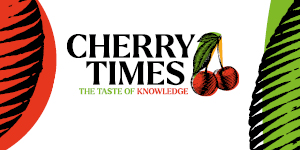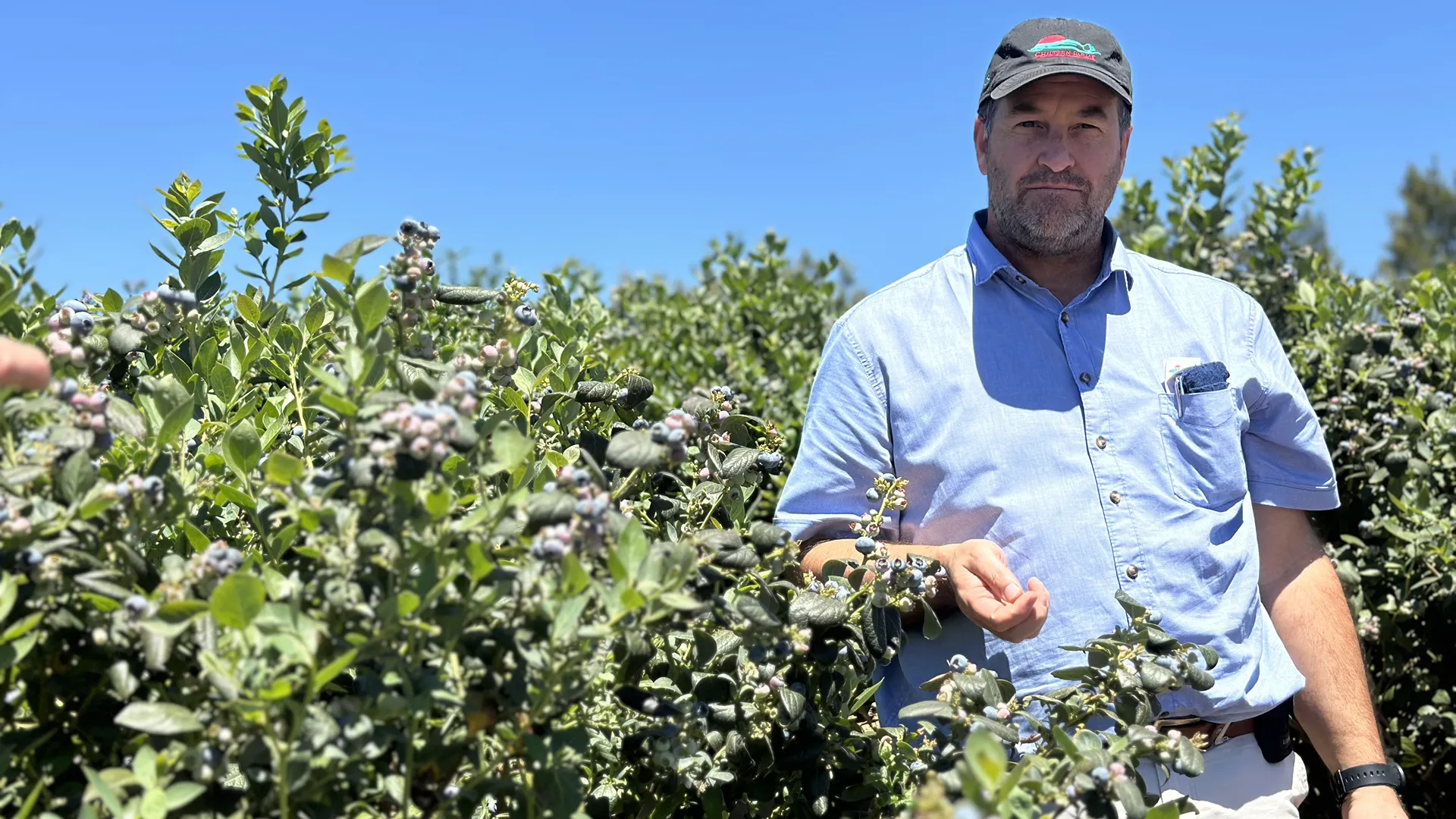Blueberry consumption continues to grow even in markets where the category is already strong: the segment stands out for its dynamism, driven by intensive **varietal breeding** that yields fruits with better shelf life and organoleptic quality. That supports demand even in mature markets, strengthening confidence among players in the growth potential. Variety differentiation appears key to sustaining positioning.
Blueberry consumption continues rising in mature regions, UK berry producers show gains in sustainability, and a Dutch campaign exceeded its goals in year one. Value creation (sustainability, branding, innovation) is clearly a central theme for competitiveness.
Consumption & Market Trends
The “Handful of Summer” promotion in the Netherlands outpaced its annual goal within months: over 8.7 million consumers were reached across Netherlands, Belgium and Germany. Its success demonstrates the power of territorial berry marketing and suggests integrated campaigns can accelerate penetration and loyalty in key European markets—a model others may replicate.
Sustainability & Farming Practices
UK berry growers are achieving **concrete sustainability gains**, improving water stewardship, reducing carbon emissions and managing resources more responsibly. This orientation responds not only to regulatory demands but also to rising retailer preferences for “green” products. Growers demonstrating credible progress in these areas enhance their competitive positioning.
Production & New Seasons
In Poland, the small fruits season opened with promotional events that link sport and berry consumption as a health message, boosting media attention and reinforcing the berry brand narrative. The strategy aims not merely at volumes but at framing the product as both healthy and functional.
Policy & Institutional Visits
Minister Angela Eagle selected a berry producer as the location for her first official farm visit to highlight ongoing field trials, discuss seasonal labor issues and crop protection. The move gives political visibility to the berry sector and underscores the strategic value that authorities may place on these crops in national agricultural policy.













